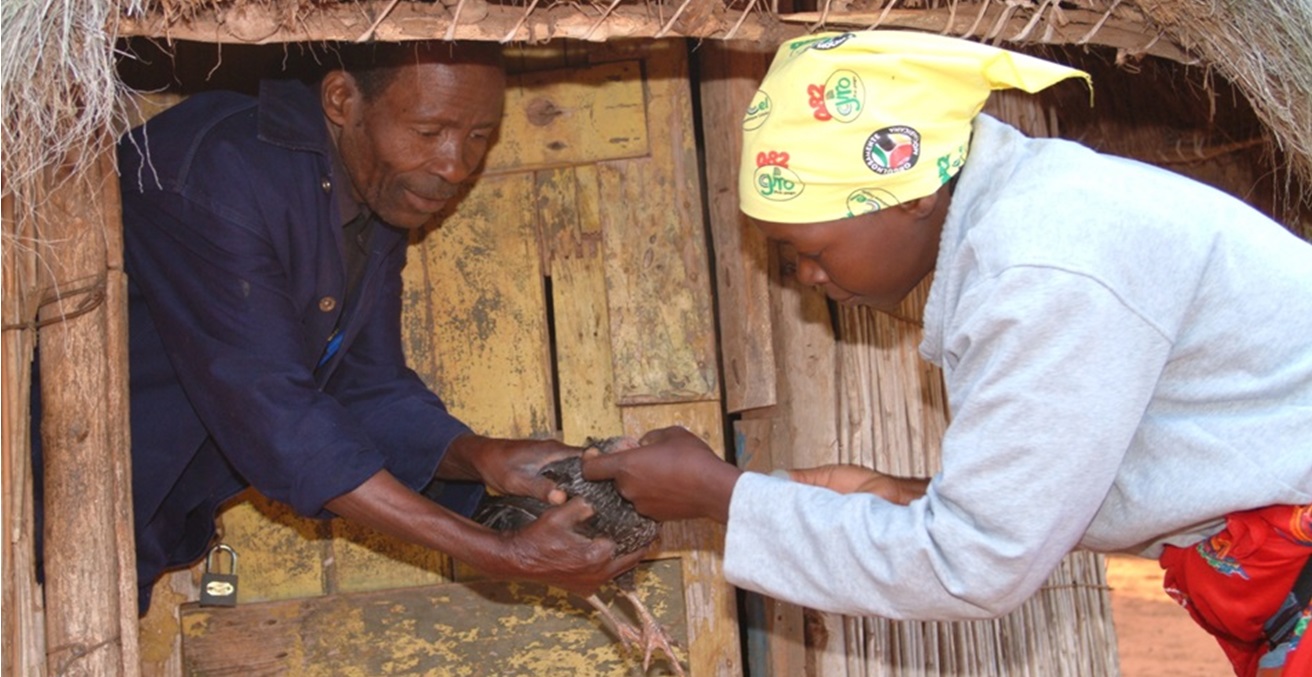Women Working in and Sustaining Agriculture Worldwide

Agriculture underpins our civilisation. Women have always underpinned agriculture, and continue to do so in diverse and important ways
Women are reported to make up around 43 percent of the agricultural labour force globally. Their role in small-scale farming systems and the barriers they face in achieving equitable access to inputs are often highlighted. However, this strong focus on women as labourers or auxiliary workers masks the wider contribution of women to agriculture over time in Australia and globally.
The Western history of agricultural development generally suggests that agriculture emerged in the “Fertile Crescent” in the Middle East around 12,000 years ago. What is often omitted is that the initial cultivation of wheat was likely the innovation of Natufian women who selected the best seeds and those most easy to harvest, which they then sowed on specially prepared land as a crop for the following year. Indeed, the prevailing narrative is that European men were the pioneers of agriculture. In Australia, the invisibility of women in agriculture has been facilitated by our policy environment: in 1891 in colonial Australia a decision was made to not count farming women in the census; and post Federation, women were not legally considered farmers until 1994!
Contrastingly, Indigenous Australian society was more egalitarian with women recognised as key actors in land management prior to colonisation in 1788. Importantly, in 21st century Australia where economic pressures on farming households are resulting in a significant decrease in the number of farming families, estimates suggest that women also bring in a massive 75 percent of “off-farm” income, i.e. wages sourced outside agricultural income streams, which is vital to supporting farming families during tough economic periods.
Globally, numerous structural barriers continue to limit the recognition and contribution of women to agriculture which results in lower agricultural production and less sustainable food systems. The obstacles that many women face in agriculture include lack of access to and ownership of land, financing, markets, agricultural training and education, suitable working conditions, and equal treatment including in terms of leadership opportunities. In Australia, women represent about 32 percent of the Australian agricultural workforce but they remain under represented in leadership roles. Globally, according to the World Economic Forum, women occupied only 23 percent of leadership roles in agriculture.
Language and access to formal education are substantial barriers that require significant attention as they limit current and future generations of women involved with agriculture. Worldwide, women generally have lower literacy rates and less access to learning national and international languages. This reduces their ability to participate in agricultural training and policy discussions; the situation is usually worse for rural and Indigenous women. International and national agricultural meetings are frequently conducted in one of the three main European languages (i.e. English, French, and Spanish) which can reduce the voices of women who did not have an opportunity to learn one or more of these international languages.
It’s widely held that leadership diversity improves the performance of organisations and households. An exploration of agricultural endeavours led and implemented by women suggests that this principle also holds true in agriculture. The Australian Centre for International Agricultural Research notes that “if women had equal access to resources, their farms would be more productive and they would be able to feed more hungry people. When women earn an income, they invest in their families, who then become healthier and more educated, which in turn leads to greater prosperity for their communities.” In Mozambique, rural communities have recognised that women working as community poultry vaccinators are often more hardworking and persistent and communicate more effectively with the women of the household who usually care for the family’s poultry. Improved rates of vaccination in poultry improves household food security and income generation thanks to research and development activities supported by the Australian Government.
In the Philippines, Indigenous women farmers are augmenting their leadership skills through a Global Leadership School for Indigenous Women supported jointly by the Food and Agriculture Organization of the United Nations and the International Indigenous Women’s Forum. In Australia, the Carbon8 organisation was founded in 2017 by three innovators (two women and a man) to promote the adoption of workable regenerative farm management practices in support of improved soil health, soil organic carbon sequestration, and improved soil water holding capacity. Carbon8 continues to grow and support an increasing number of farmers.
Possibly, the best news is that there is a new generation of vibrant, committed young women working on the farms, in agricultural research and in agricultural policy development and implementation. With access to the internet growing rapidly in rural areas, young women agriculturalists from different countries are supporting each other to build a more resilient future by addressing agriculture, youth, and climate change.
Beyond agriculture, it is essential that women’s knowledge and experience is better utilised across local and global food systems. Achieving gender equity and improving women’s agency in food systems can greatly enhance food security and better nutrition while also delivering “just, resilient, and sustainable food systems for all.”
Robyn Alders AO is an Honorary Professor with the ANU Development Policy Centre, ANU Institute for Climate, Energy and Disaster Solutions, Department of Pathobiology and Population Sciences at the Royal Veterinary College in London and Veterinary Department of Infectious Disease and Global Health, Tufts University.
This article is published under a Creative Commons Licence and may be republished with attribution.


